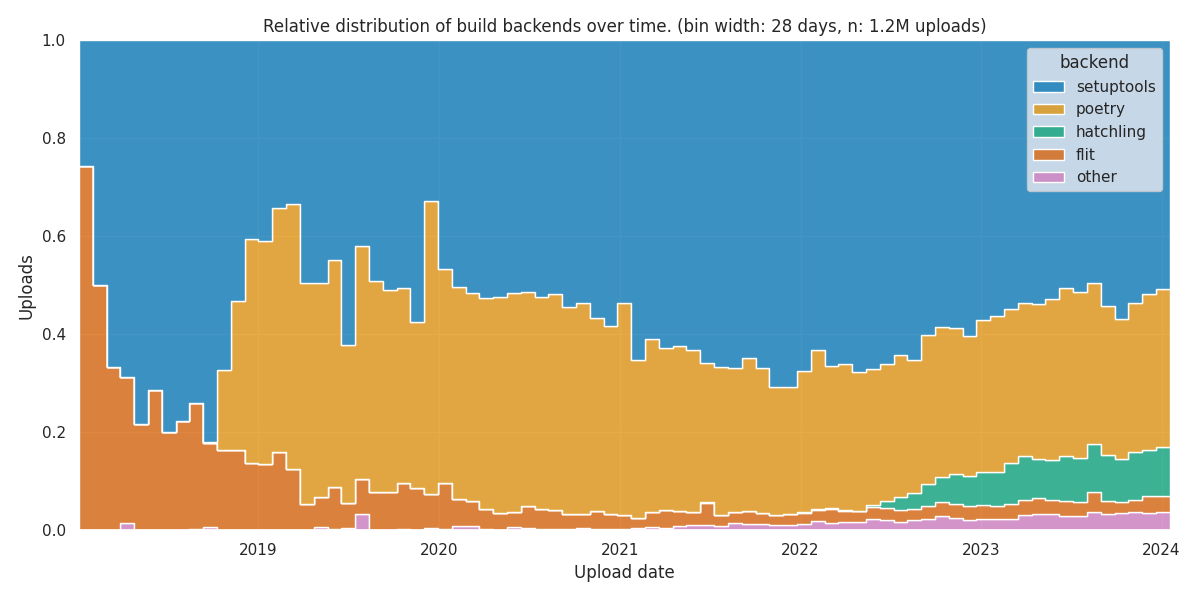Russell Coker: Links January 2024
Long Now has an insightful article about domestication that considers whether humans have evolved to want to control nature [1].
The OMG Elite hacker cable is an interesting device [2]. A Wifi device in a USB cable to allow remote control and monitoring of data transfer, including remote keyboard control and sniffing. Pity that USB-C cables have chips in them so you can t use a spark to remove unwanted chips from modern cables.
David Brin s blog post The core goal of tyrants: The Red-Caesar Cult and a restored era of The Great Man has some insightful points about authoritarianism [3].
Ron Garret wrote an interesting argument against Christianity [4], and a follow-up titled Why I Don t Believe in Jesus [5]. He has a link to a well written article about the different theologies of Jesus and Paul [6].
Dimitri John Ledkov wrote an interesting blog post about how they reduced disk space for Ubuntu kernel packages and RAM for the initramfs phase of boot [7]. I hope this gets copied to Debian soon.
Joey Hess wrote an interesting blog post about trying to make LLM systems produce bad code if trained on his code without permission [8].
Arstechnica has an interesting summary of research into the security of fingerprint sensors [9]. Not surprising that the products of the 3 vendors that supply almost all PC fingerprint readers are easy to compromise.
Bruce Schneier wrote an insightful blog post about how AI will allow mass spying (as opposed to mass surveillance) [10].
ZDnet has an informative article How to Write Better ChatGPT Prompts in 5 Steps [11]. I sent this to a bunch of my relatives.
AbortRetryFail has an interesting article about the Itanic Saga [12]. Erberus sounds interesting, maybe VLIW designs could give a good ration of instructions to power unlike the Itanium which was notorious for being power hungry.
Bruce Schneier wrote an insightful article about AI and Trust [13]. We really need laws controlling these things!
David Brin wrote an interesting blog post on the obsession with historical cycles [14].
- [1] http://tinyurl.com/2xf9wb9k
- [2] http://tinyurl.com/2m82ajju
- [3] http://tinyurl.com/yrjp5la6
- [4] http://tinyurl.com/ytdb24xm
- [5] http://tinyurl.com/2x6b7wbd
- [6] https://doctrine.org/jesus-vs-paul
- [7] http://tinyurl.com/yp3xqtr3
- [8] https://joeyh.name/blog/entry/attribution_armored_code/
- [9] http://tinyurl.com/ywus4o47
- [10] http://tinyurl.com/ypzkjyfv
- [11] http://tinyurl.com/yp6ldxlr
- [12] https://www.abortretry.fail/p/the-itanic-saga
- [13] http://tinyurl.com/yqh9wbfj
- [14] http://tinyurl.com/ylue4svh
 Inspired by a
Inspired by a 

 After seven years of service as member and secretary on the GHC Steering Committee, I have resigned from that role. So this is a good time to look back and retrace the formation of the GHC proposal process and committee.
In my memory, I helped define and shape the proposal process, optimizing it for effectiveness and throughput, but memory can be misleading, and judging from the paper trail in my email archives, this was indeed mostly Ben Gamari s and Richard Eisenberg s achievement: Already in Summer of 2016, Ben Gamari set up the
After seven years of service as member and secretary on the GHC Steering Committee, I have resigned from that role. So this is a good time to look back and retrace the formation of the GHC proposal process and committee.
In my memory, I helped define and shape the proposal process, optimizing it for effectiveness and throughput, but memory can be misleading, and judging from the paper trail in my email archives, this was indeed mostly Ben Gamari s and Richard Eisenberg s achievement: Already in Summer of 2016, Ben Gamari set up the  For the fifth year in a row, I've asked Soci t de Transport de Montr al,
Montreal's transit agency, for the foot traffic data of Montreal's subway.
By clicking on a subway station, you'll be redirected to a graph of the
station's foot traffic.
For the fifth year in a row, I've asked Soci t de Transport de Montr al,
Montreal's transit agency, for the foot traffic data of Montreal's subway.
By clicking on a subway station, you'll be redirected to a graph of the
station's foot traffic.